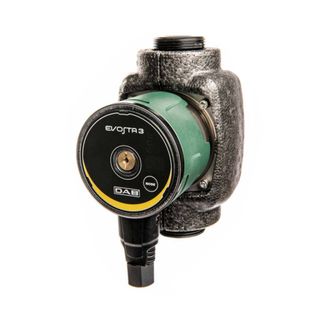

DAB Evosta 3 40/180
0 reviews
DAB Evosta 3 40/180
0 reviews
- Overall dimensions: 180 mm
- Screw connection: 1.5" / Opening 1"
- Display that shows energy use
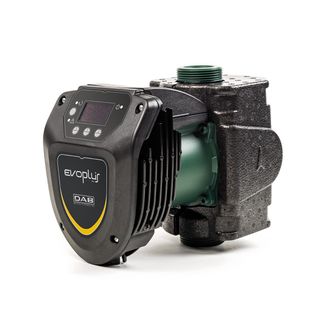

DAB Evoplus 80/180 M
1 review
DAB Evoplus 80/180 M
1 review
- Overall dimensions: 180 mm
- Screw connection: 1.5" / Opening 1"
- Display that shows energy use
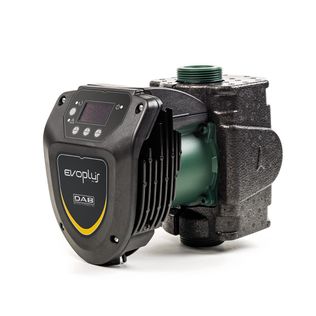

DAB Evoplus 80/180 XM
0 reviews
DAB Evoplus 80/180 XM
0 reviews
- Overall dimensions: 180 mm
- Screw connection: 2”
- More energy efficient than traditional circulation pumps
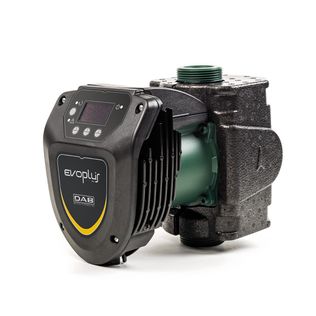

DAB Evoplus 60/180 XM
0 reviews
DAB Evoplus 60/180 XM
0 reviews
- Overall dimensions: 180 mm
- Screw connection: 2”
- More energy efficient than traditional circulation pumps
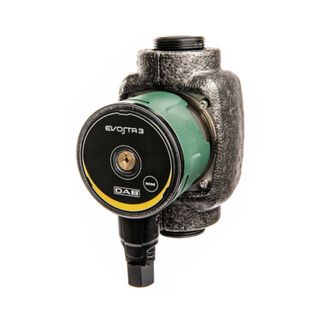

DAB Evosta 3 60/180
0 reviews
DAB Evosta 3 60/180
0 reviews
- Overall dimensions: 180 mm
- Screw connection: 1.5" / Opening 1"
- Display that shows energy use


DAB Evoplus 110/180 XM
0 reviews
DAB Evoplus 110/180 XM
0 reviews
- Overall dimensions: 180 mm
- Screw connection: 2”
- More energy efficient than traditional circulation pumps


